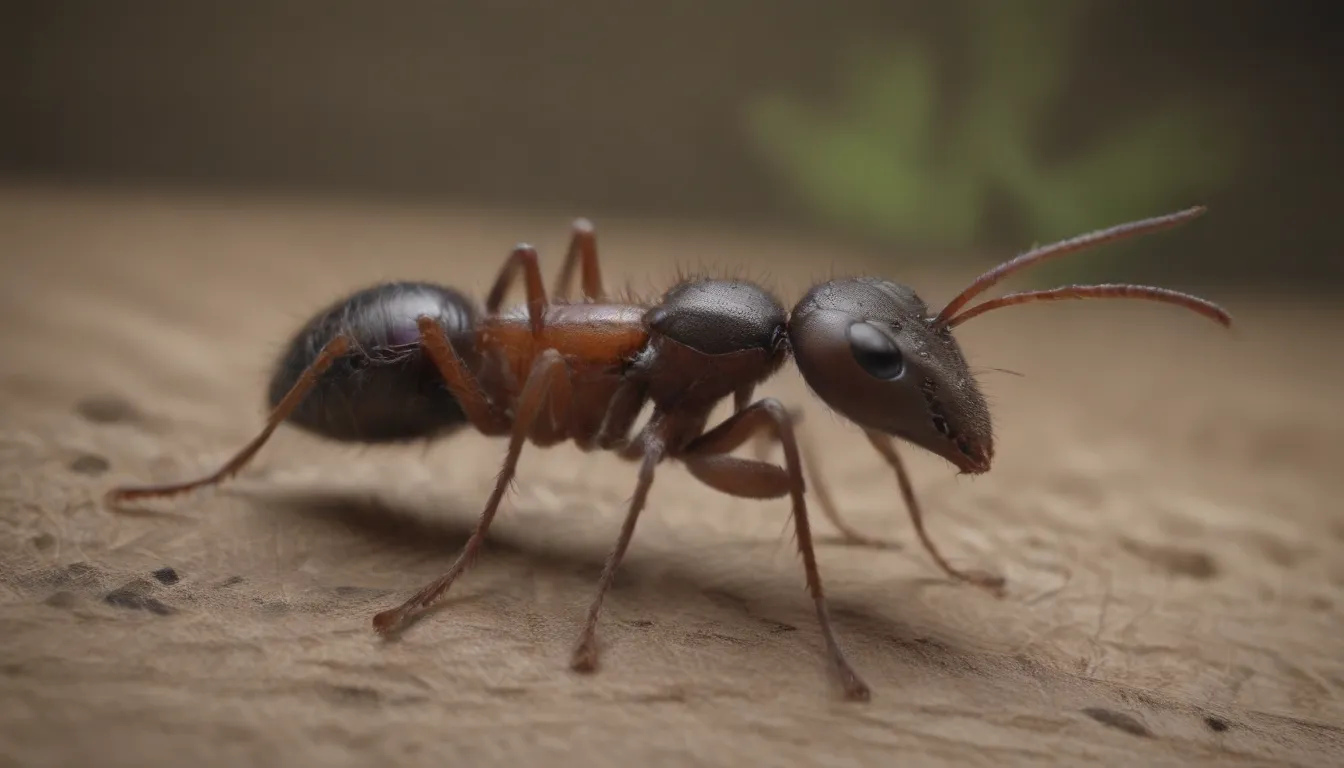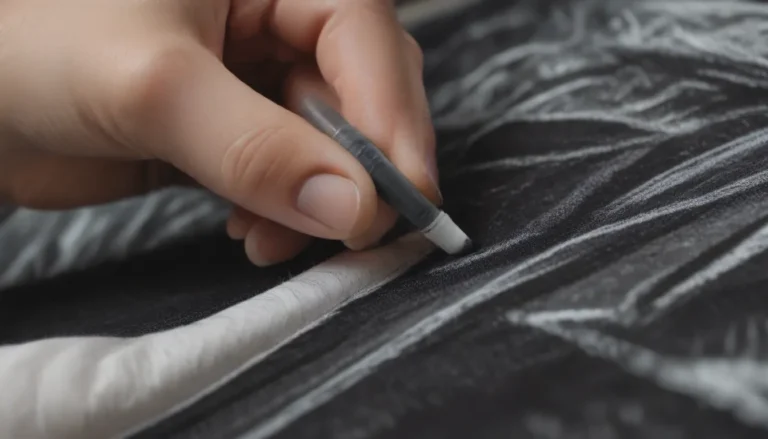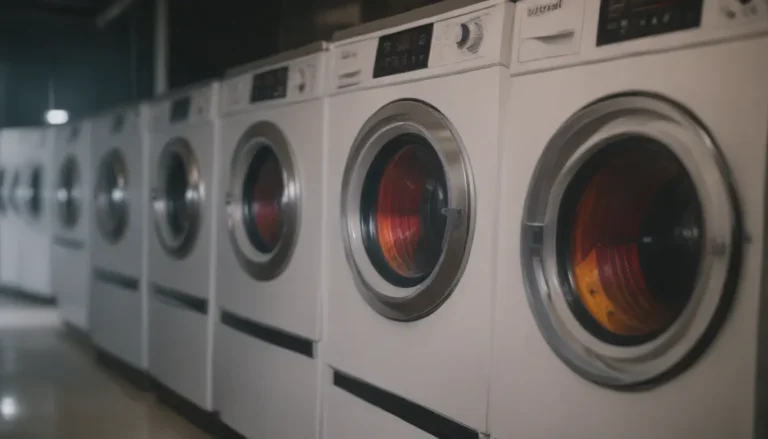A Comprehensive Guide to Eliminating Odorous House Ants

Are you tired of seeing those pesky odorous house ants making their way through your kitchen, emitting a strange odor that’s been likened to rotten coconut or blue cheese? Fear not, because we’ve got you covered with effective methods to get rid of these tiny bugs and their nests once and for all.
What Are Odorous House Ants?
Dark brown or black and measuring only about 1/16 to 1/8 inches long, odorous house ants, also known as sugar ants, are a common sight in many homes across the United States. Fast on their feet, these ants are most active during the spring and summer months when they can be found trailing through kitchens in search of food. Some odorous house ants may even have wings for a brief period.
What Attracts Odorous Ants to Your Home?
Odorous house ants are likely to enter your home after heavy rains, seeking shelter from flooded ground nests. They are attracted to moist and warm indoor conditions, making spots around hot water pipes, sinks, and walls ideal nesting sites. These ants have a sweet tooth and are particularly drawn to sugary treats like fruit juices and pastries, but they also consume a variety of foods, including meats.
During the summer, odorous ants may relocate their nests frequently in response to environmental changes, making them a constant nuisance for homeowners.
Signs of Odorous Ant Infestation
The most telltale sign of odorous ants in your home is their distinct smell, often described as a mix of rotten coconut, blue cheese, or a strange pine scent. These ants typically travel in lines, but when disturbed, they may scatter erratically, releasing their odor as they move.
How to Get Rid of Odorous Ants: Step-by-Step Guide
Now that you know what you’re up against, let’s dive into the most effective methods for eliminating odorous house ants from your home:
1. Place Bait (Most Effective)
- Ant baits are your best bet for eradicating ants that have invaded your home.
- Purchase ant baits from home and garden stores and follow the label instructions for proper placement.
- Be patient, as ants may prefer different baits at different times of the year.
- Ants will feed on the bait, carrying it back to the nest to kill the queen and colony members.
2. Use Sprays Sparingly
- While chemical or DIY sprays can kill ants on contact, they are not a complete solution.
- Make a DIY spray using liquid dish soap and water to suffocate ants.
- Sprays only target visible ants and do not address the nest or queen.
3. Eliminate Pheromone Trails
- Erase scent trails left behind by ants to prevent new ones from gathering.
- Create a DIY spray with a 50/50 mix of white vinegar and water and apply it to ant trails.
- Let the solution dry naturally without wiping it up.
4. Treat Your Home’s Perimeter
- Apply insecticide around the exterior perimeter of your home and under siding to deter ants from entering.
- Follow all product label directions if applying insecticide yourself or enlist the help of a pest control service.
5. Locate and Treat Nests
- Odorous ants nest in various indoor locations, such as walls, window frames, and insulation.
- Locate ant nests and treat them with insecticide, but be aware that some species may have multiple colonies.
- Identifying the ant species is crucial for effective treatment, as the queen may be resilient to temperature changes.
Warning: Always read and follow label directions and safety precautions when using pesticides. Keep all pesticides out of reach of children and pets.
How to Prevent Odorous Ants
Prevention is key to keeping odorous ants out of your home:
- Seal cracks and crevices where ants may enter.
- Keep food sealed and stored properly.
- Clean up spills promptly.
- Maintain a clean and dry environment in your home.
When to Call a Professional
If your DIY efforts fail to eliminate odorous ants from your home, consider calling a pest control professional:
- Pest control services can locate and destroy ant nests.
- While odorous ants are more of a nuisance than harmful, they can contaminate food.
- Carpenter ants, a larger species, pose a greater threat to homes by causing structural damage.
Conclusion
By following these practical tips and methods, you can effectively eliminate odorous house ants from your home and prevent future infestations. Remember to stay proactive in your pest control efforts to keep these unwanted visitors at bay. With a little persistence and the right approach, you can enjoy an ant-free home all year round.
Sources:
– Miner, A. Tapinoma Sessile Odorous House Ant, University of Michigan Museum of Zoology, Animal Diversity Web, 2014.
– Ants in the Home, CSU Extension.
– Alder, Patricia and Waldvogel, Michael. A Guide to House-Invading Ants and Their Control, North Carolina State Extension, 2018.
– Pest Control and Pesticide Safety for Consumers, United States Environmental Protection Agency.





